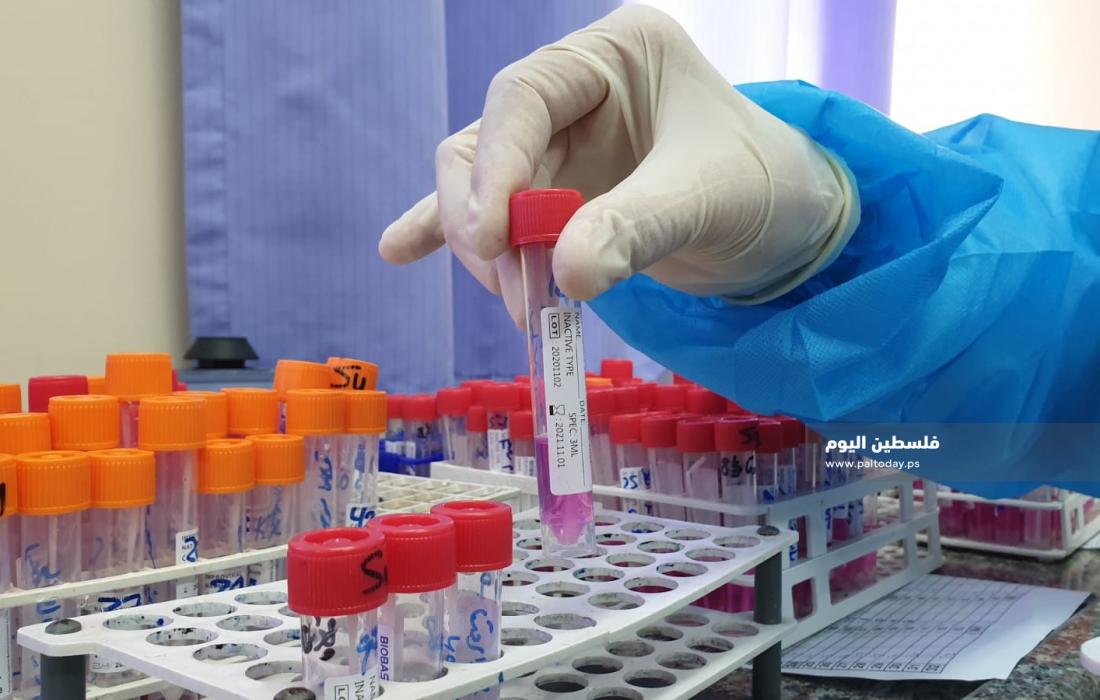
asymptomatic infection that we observed. Specifically, studies are needed to evaluate testing behaviour of vaccinated and unvaccinated people and to determine the extent to which prevention of asymptomatic infection leads to interruption of transmission. Two-dose BNT162b2 vaccine effectiveness estimates from this observational study align with the 95% efficacy against symptomatic SARS-CoV-2 infections shown in the pivotal RCT.5 Our study adds important new data about the effectiveness of BNT162b2 derived from outside of the RCT setting. We found high vaccine effectiveness against a wider range of SARS-CoV-2 outcomes (including severe COVID-19 and deaths) than were evaluated in the RCT, as well as high effectiveness in older adults with a level of precision not available in the RCT. In addition, although pregnant women and immunocompromised individuals were excluded from the RCT, these groups were recommended to receive BNT162b2 in Israel and an unknown number would, therefore, have been vaccinated. Finally, unlike the clinical trial, our study provides evidence that achieving high population-level coverage with BNT162b2 can lead to marked declines in the incidence of SARS-CoV-2 infections and COVID-19 outcomes. In the primary analysis of the Israel MoH surveillance data, we evaluated the effectiveness of two doses of BNT162b2, given Israel’s adherence to the authorised two-dose 21-day vaccine schedule. In the sensitivity analysis, we showed moderate effectiveness of the vaccine against all SARS-CoV-2 outcomes at 14–21 days after the first dose. This finding is similar to those of studies from Israel8,9 early in the vaccine campaign and in the UK.10,11 Estimated effectiveness against all outcomes at 14–21 days after the first dose was lower than that of two doses at 7 days or longer or at 14 days or longer after the second dose, demonstrating the importance of fully vaccinating adults. Furthermore, despite indications of at least partial effectiveness after one dose of BNT162b2, relying on protection against COVID-19 from a single dose might not be prudent; BNT162b2 was developed and evaluated in the RCT as a two-dose schedule,5 and substantially lower levels of neutralising antibodies were observed after one dose compared with after two doses.24 Additionally, little is known about the duration of protection of one dose and how it compares with the durability after two doses. It is possible that one dose will provide a shorter duration of protection than two doses, particularly in an environment where new SARS-CoV-2 variants continue to emerge. Our study has some limitations. In the absence of randomisation, there could have been unmeasured differences between vaccinated and unvaccinated persons (eg, different test-seeking behaviours or levels of adherence to non-pharmaceutical interventions) which might have confounded our vaccine effectiveness estimates.25 Although we adjusted our estimates for age, sex, and calendar week, the effect of additional covariates such as location, comorbidities, race or ethnicity, socioeconomic status, and likelihood of seeking SARS-CoV-2 testing should be evaluated in future studies. Preliminary findings from a study in Israel, for example, indicate that neighbourhood might be an important confounder.9 Misclassification of exposures and outcomes in our study are potentially more common than in the RCT, although misclassification was probably limited by Israel’s readily available SARS-CoV-2 testing and comprehensive surveillance system. Misclassification of vaccine history in our study was also unlikely because of comprehensive recording of vaccine administration in Israel. With nearly 7 weeks of follow-up after the second dose, our study has the longest follow-up reported so far, although longer-term data on effectiveness are needed. Another limitation is that the time from symptom onset to hospitalisation and death might have prevented identification of all hospitalisations and deaths during the study period. Such unidentified hospitalisations and deaths are unlikely, however, to be differential between the vaccinated and unvaccinated groups. Finally, given differences between countries in how vaccines are rolled out and in how the pandemic evolves, caution should be used in extrapolating our findings to other populations. Further real-world effectiveness studies of BNT162b2, and other COVID-19 vaccines, in other populations and settings are needed. Israel provides a unique opportunity to observe the nationwide impact on SARS-CoV-2 transmission of a rapidly increasing percentage of the population with vaccine-derived immunity. SARS-CoV-2 transmission is likely to continue until the proportion of the population with immunity exceeds a herd immunity threshold,26 which has been estimated to be at least 60%,27 although the emergence of more transmissible SARS-CoV-2 variants could result in higher herd immunity thresholds. Achieving the SARS-CoV-2 herd immunity threshold might not be reached, however, without vaccinating some individuals younger than 16 years. In addition, the duration of immunity to SARS-CoV-2, either from infection or immunisation, is not known, and progress towards herd immunity in Israel could be disrupted by the emergence of new SARS-CoV-2 variants if those variants are less susceptible to the current vaccine-induced immune response and if they were to become broadly disseminated. Further studies are needed to monitor the population level of immunity, identify disruption of viral transmission, and detect and evaluate the effects of emerging SARS-CoV-2 variants. This study showed that two doses of BNT162b2 were highly effective, including in older adults, against laboratory-confirmed SARS-CoV-2 infections and COVID-19 hospitalisations, severe disease, and deaths in a nationwide observational study where variant B.1.1.7 was the dominant strain. Marked nationwide declines in the incidence of SARS-CoV-2 infections and COVID-19